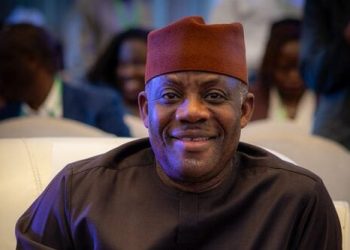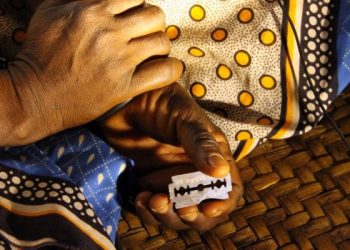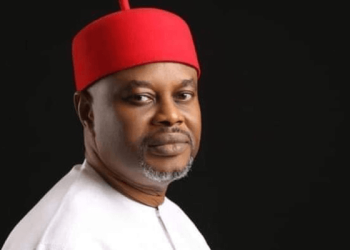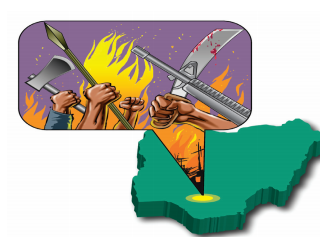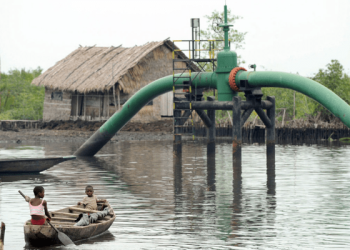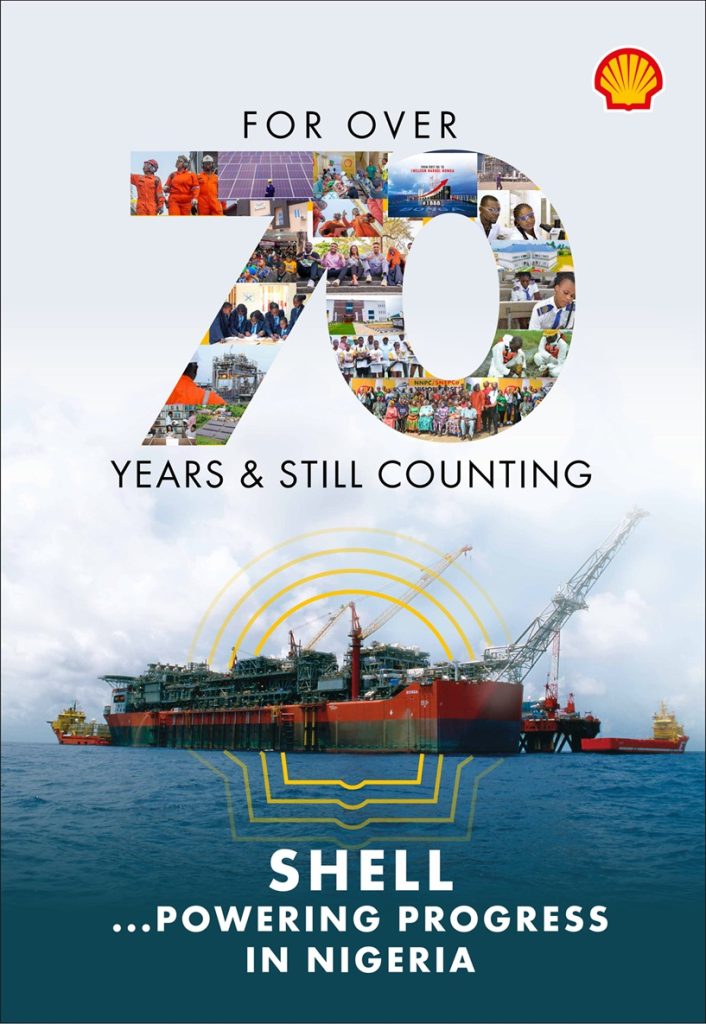The Lagos State government, early last month at the first Annual Stakeholders’ Forum organised by the Lagos State Waterways Authority (LASWA) in Lagos, indicated its quest to develop water transportation as part of the measures aimed at tackling the problem of traffic gridlock across Lagos metropolis to ease the stress of movement on residents. The state Commissioner for Waterfront Infrastructure, Mr. Ade Akinsanya, who stood in for Governor Akinwunmi Ambode on the occasion, said water transport mode formed a critical part of the intermodal transportation policy of the government. Put simply, an intermodal transport system involves the transportation of freight and the commuting public through multiple modes of transport, like trains, ships/boats, cars, buses and articulated trucks, et cetera.
According to experts, Lagos business community loses about N11 billion monthly due to endemic traffic snarls, whereas the state occupies a large swath of territory put at 3,577 square kilometers, 22 percent of which represent a huge water body that can be converted to transportation gains if well developed. But like Professor Olukayode Oyesiku of Olabisi Onabanjo University, Ago Iwoye, Ogun State, lamented on the occasion, because of government’s non-commitment to exploring waterways as a veritable means of transportation, armed robbers freely resort to the transport mode to unleash attacks on their targets and go scot-free.
Some of the advantages ascribed to transportation through waterways include short travel time. Many reports indicate, for instance, that it takes approximately 45 minutes to get to Ikorodu from Victoria Island by boat, whereas if the journey is by road, it could take as much as two hours, perhaps more than that. Inland waterway transportation reduces traffic congestion, especially in high vehicular density cities. Lagos, being one good example of such cities, is credited as having 30 percent of vehicular density in the country; and accounts for 70 percent of importation network nationwide. What this means is that Lagos generates a huge chunk of the freights that crisscross the nation. Water transport also contributes to the longevity of city roads and major highways, which will suffer less pressure and wear and tear occasioned by heavy vehicular traffic, particularly by articulated trucks and tankers, among others.
At the national level, experts feel strongly persuaded that a viable commercial inland waterway on the rivers Niger and Benue is, perhaps, the nation’s single most important infrastructure to spur economic growth throughout the country. The argument is that the two rivers transverse every region; and that despite many inherent structural problems, the creation of navigable waterways is perhaps the easiest, cheapest and most effective for Nigeria when geography and return on investment are taken into consideration. According to experts, for example, evidence from other countries shows that inland waterway construction follows the course of natural rivers because of the high costs of building manmade canals. The cost of dredging, deepening the channels and eliminating sharp curves on the rivers are normally much more cost effective than building an integrated railroad and road network to move the same amount of cargoes.
Pinpointed also are natural inland waterways which run across the length and breadth of the country before emptying into the harbours of the Gulf of Guinea in the Atlantic. They are as follows: River Niger; starting from Kebbi in the Northwest through Kwara, in the West to the confluence town of Lokoja, Kogi State, in the Middle Belt; and River Benue, starting from Adamawa through Benue State to Lokoja and southward through Onitsha to Yenagoa in the Niger Delta.
In a 2013 report published by ‘Newswatch Times’, a sister publication, an analyst so optimistic about the viability of water transport nationwide stated: “This is a potential game changer capable of engendering an economic revival that will ameliorate the anxiety among our people distraught under the perpetual worry of the indispensable necessaries of life… Nigeria has become a member of ‘MINTS’ (an acronym referring to the economies of Mexico, Indonesia, Nigeria and Turkey. The term was originally coined by Fidelity Investments, a Boston, United States-based asset management firm). It is incumbent upon the government to mandate the Army Corp of Engineers to draw up a plan for the dredging of the two rivers and a further plan linking other rivers into an integrated inland waterways system…”
Now is the season for budget presentation at both the federal and state levels. What plans, other than recognising its importance, do federal and state governments have for developing the nation’s waterways, especially now that the rail system is enjoying some measure of attention?


